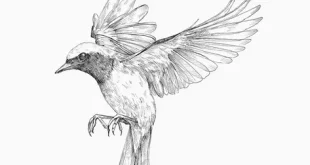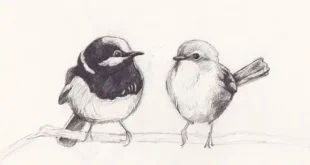Gray Teal Birds: Elegant Waterfowl of Wetlands and Open Lakes
1. Physical Characteristics and Identification
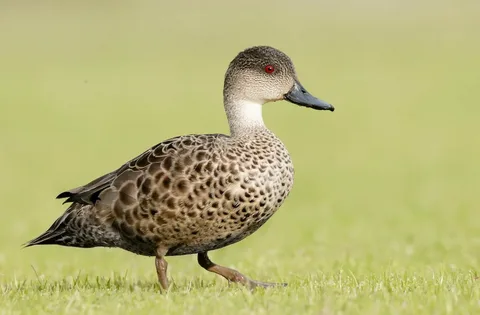
Gray teal birds are small to medium-sized waterfowl, measuring around forty centimeters, with distinctive mottled brown-gray plumage. Their feathers display a subtle elegance, blending shades of gray, brown, and chestnut, creating effective camouflage against natural surroundings. A prominent dark eye stripe stretches across their faces, adding sharpness to their striking appearance. Males and females share similar plumage, making them less sexually dimorphic compared to many duck species. They have relatively short, broad bills adapted for dabbling in shallow waters and feeding efficiently. Their wings reveal flashes of iridescent green when in flight, providing a beautiful contrast against muted feathers. The compact body structure and graceful wing beats make them agile fliers, capable of covering large distances. These birds, though understated in coloration, possess a quiet beauty admired by birdwatchers across diverse wetland ecosystems worldwide.
2. Gray Teal Bird Habitat and Distribution Across Regions
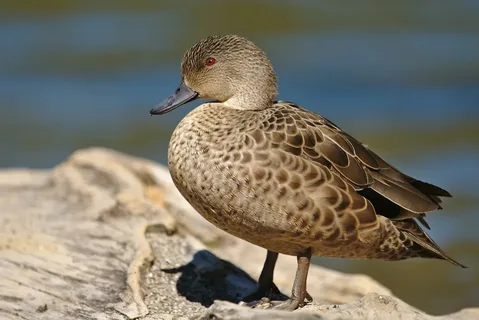
Gray teal birds inhabit freshwater wetlands, rivers, marshes, and lakes, favoring habitats with abundant vegetation and shallow feeding grounds. They are distributed primarily across Australia, New Zealand, and several Pacific Islands, often forming strong local populations. Their adaptability allows them to thrive in both natural and artificial habitats, including farm dams and urban reservoirs. Seasonal movements are influenced by rainfall patterns rather than strict migratory schedules, making their distribution highly dynamic across regions. During dry periods, they shift to permanent wetlands, while rainfall triggers dispersal into temporary water bodies. This ecological flexibility ensures survival even when environmental conditions change rapidly. They are particularly abundant in areas supporting healthy aquatic vegetation, essential for food and shelter. By utilizing a broad range of habitats, these birds have demonstrated impressive resilience and adaptability in fluctuating climates. Their distribution highlights their success in diverse ecological systems.
3. Feeding Habits and Foraging Behavior
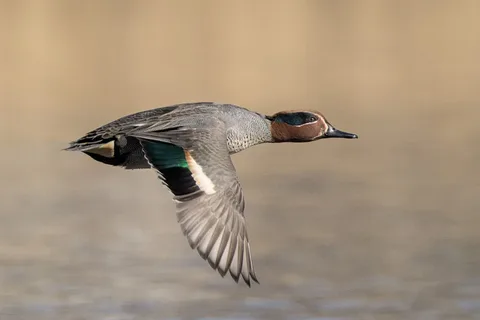
Gray teal birds are dabbling ducks, feeding primarily on seeds, aquatic plants, insects, and small invertebrates found in wetlands. They forage by tipping forward in shallow waters, allowing their broad bills to sift through vegetation and mud. Their diet shifts seasonally, with more insects consumed during breeding periods to provide protein-rich nourishment for growing chicks. These birds also graze on grasses and terrestrial seeds when water sources are scarce, demonstrating dietary flexibility. Active foraging occurs during dawn and dusk, when insect activity and aquatic availability are highest in wetland habitats. They frequently gather in flocks while feeding, which provides safety through group vigilance against predators. Opportunistic in their approach, they exploit various resources depending on habitat conditions. This adaptability ensures they maintain strong populations across regions with unpredictable environmental patterns, securing their survival against ecological challenges. Their foraging strategies make them efficient, resourceful waterfowl.
4. Gray Teal Bird Breeding Patterns and Parental Care
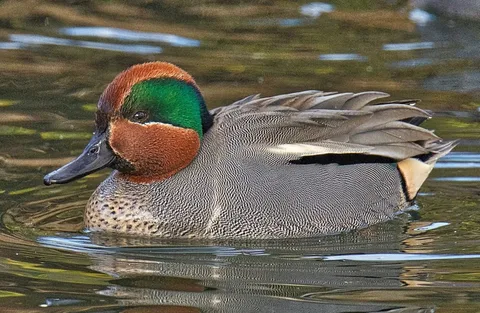
Breeding season for gray teal birds usually occurs after significant rainfall, coinciding with increased food availability and favorable conditions. Females select concealed nesting sites within dense vegetation, reeds, or shrubs, providing protection against predators and weather extremes. Nests are typically shallow depressions lined with grass, feathers, and down for insulation and comfort. Clutch sizes generally range from six to fourteen eggs, with incubation lasting approximately twenty-five days. During this period, females remain attentive to the nest, while males often guard nearby territories. Chicks hatch precocial, covered in soft down, and are capable of walking and swimming within hours of birth. Parents lead their young to feeding areas, teaching them foraging techniques while ensuring safety through constant vigilance. These parental strategies enhance survival in unpredictable environments, allowing the species to flourish across varied wetland habitats. Their breeding cycles remain highly synchronized with rainfall patterns and ecosystem dynamics.
5. Ecological Importance and Conservation Status
Gray teal birds play vital roles in wetland ecosystems by dispersing plant seeds and regulating insect populations through active feeding. Their grazing maintains aquatic vegetation balance, preventing overgrowth and ensuring healthier wetland environments for other species. They are also prey for raptors and larger predators, contributing to food webs and ecosystem stability. In agricultural regions, they may occasionally be viewed as pests, feeding on crops or congregating in irrigation systems. However, their overall ecological contributions outweigh conflicts, highlighting their value in maintaining biodiversity. Currently, gray teal birds are not considered threatened, with stable populations across most of their distribution range. Nevertheless, habitat destruction, water pollution, and climate change pose long-term risks requiring monitoring. Conservation strategies focus on preserving wetlands, regulating hunting,
 Birds Drawing Birds Drawing
Birds Drawing Birds Drawing

